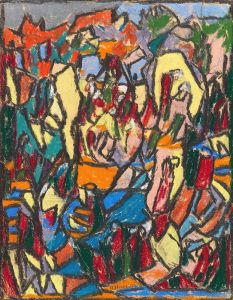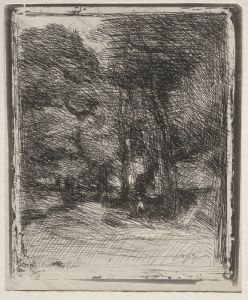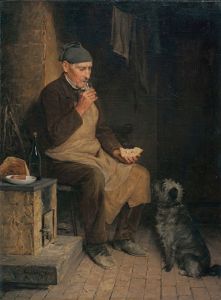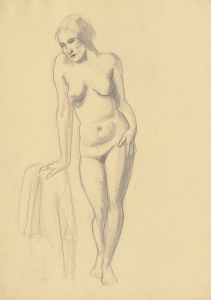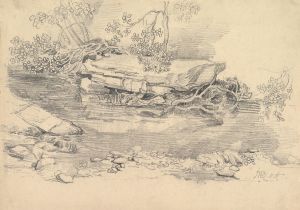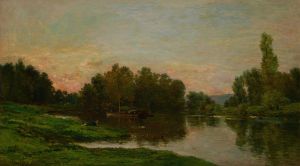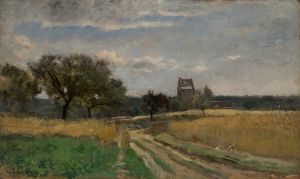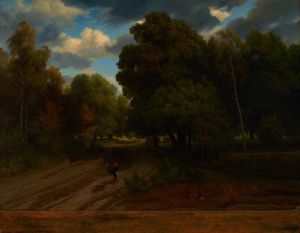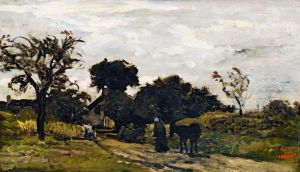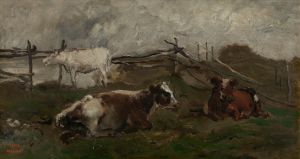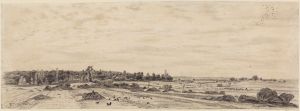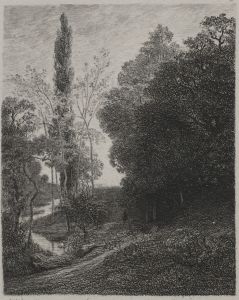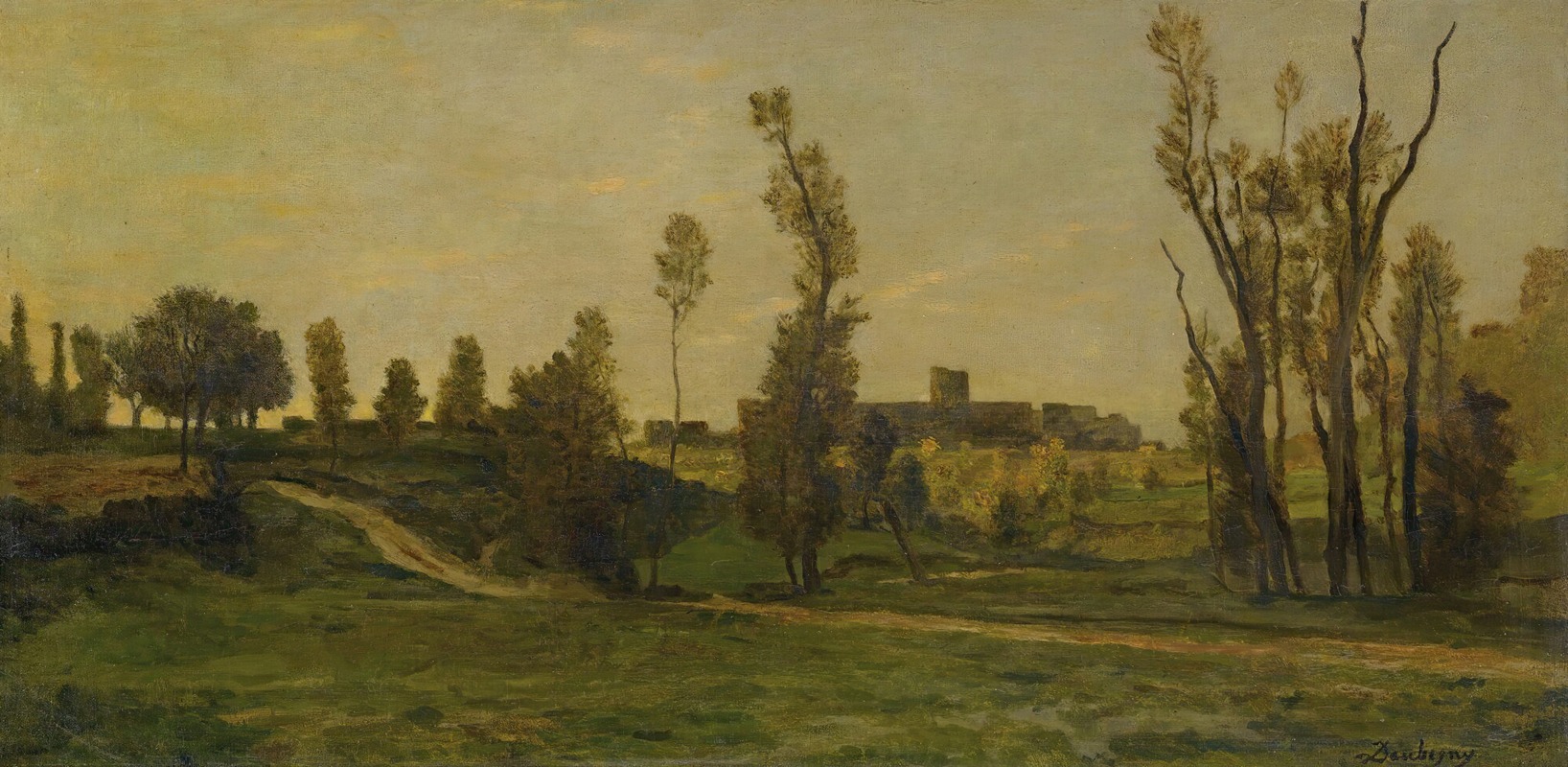
Le Ravin D’optevoz
A hand-painted replica of Charles François Daubigny’s masterpiece Le Ravin D’optevoz, meticulously crafted by professional artists to capture the true essence of the original. Each piece is created with museum-quality canvas and rare mineral pigments, carefully painted by experienced artists with delicate brushstrokes and rich, layered colors to perfectly recreate the texture of the original artwork. Unlike machine-printed reproductions, this hand-painted version brings the painting to life, infused with the artist’s emotions and skill in every stroke. Whether for personal collection or home decoration, it instantly elevates the artistic atmosphere of any space.
Charles François Daubigny was a prominent French landscape painter associated with the Barbizon School, a movement that emphasized naturalism and the depiction of rural landscapes. One of his notable works is "Le Ravin d’Optevoz," which exemplifies his mastery in capturing the serene beauty of the French countryside.
"Le Ravin d’Optevoz" was painted in 1856, during a period when Daubigny was increasingly focused on plein air painting, a technique that involves painting outdoors to capture the natural light and atmosphere of a scene. This approach was revolutionary at the time and laid the groundwork for the Impressionist movement that followed.
The painting depicts a ravine in Optevoz, a small commune in the Isère department in southeastern France. The choice of location reflects Daubigny's interest in exploring the diverse landscapes of France, moving away from the more traditional and idealized landscapes that were popular in academic art circles. Instead, Daubigny sought to portray the raw and unembellished beauty of nature.
In "Le Ravin d’Optevoz," Daubigny employs a palette of earthy tones, with rich greens and browns dominating the canvas. The composition is balanced, with the ravine cutting diagonally across the painting, leading the viewer's eye into the depth of the landscape. The sky, painted with soft blues and whites, suggests a calm, overcast day, adding to the tranquil mood of the scene.
Daubigny's brushwork is loose and fluid, a technique that allows him to convey the textures of the foliage and the ruggedness of the terrain effectively. This style of painting was influential in the development of Impressionism, as it emphasized capturing the essence of a scene rather than focusing on meticulous detail.
The painting is also notable for its atmospheric perspective, a technique Daubigny used to create a sense of depth and distance. By softening the details and colors of the background, he effectively conveys the vastness of the landscape and the isolation of the ravine.
"Le Ravin d’Optevoz" is a testament to Daubigny's skill in landscape painting and his ability to evoke the quiet majesty of nature. It reflects his commitment to painting directly from nature and his desire to depict the world as he saw it, without embellishment or idealization.
Today, Charles François Daubigny is recognized as a pivotal figure in the transition from traditional landscape painting to the more modern approaches that characterized the late 19th century. His work, including "Le Ravin d’Optevoz," continues to be celebrated for its contribution to the evolution of landscape art and its influence on future generations of artists.





